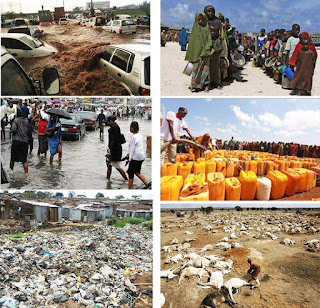In a bold move, President Donald Trump has launched a series
of executive orders aimed at reshaping America's energy landscape, with a
pronounced emphasis on fossil fuels. This shift is set to have far-reaching
implications, not just domestically but also globally, particularly in the
realm of carbon credit markets. Carbon credits, which represent one ton of
reduced carbon dioxide emissions, have long been a tool for global companies to
offset emissions and meet sustainability goals.

The Trump Energy Agenda
At the heart of Trump's strategy is the declaration of a national energy emergency, a first for any U.S. president. This move grants him expanded executive powers to expedite fossil fuel production, streamline regulatory processes, and enhance national energy security. The administration's focus on oil, gas, and coal extraction is underscored by Trump's "drill, baby, drill" mantra, signaling a return to traditional energy sources.
Impact on Renewable Energy
Concurrently, Trump has issued directives that temporarily
halt leasing and permitting for wind energy projects, both onshore and offshore. This
pause on renewable energy development could lead to a decrease in the supply of
clean energy, potentially increasing reliance on fossil fuels and affecting
carbon emissions.
Global Carbon Credit Markets
The implications for global carbon credit markets are multifaceted;
- Supply and Demand: Reduced investment in renewable energy projects could limit the supply of carbon credits from U.S.-based projects, potentially driving up prices in voluntary carbon markets (VCMs).
- Market Volatility: The withdrawal from the Paris Agreement and the rollback of climate policies may introduce volatility into carbon markets, as international cooperation and credibility in carbon trading are undermined.
- State-Level Resilience: Despite federal shifts, state-led carbon markets like California's may continue to drive demand for carbon credits, providing some stability in the face of federal policy changes.
Trump's energy policies represent a substantial break from recent trends in renewable energy and carbon reduction. While these shifts may pose short-term problems to global carbon credit markets, they also demonstrate the durability of state-level initiatives and the changing landscape of energy policy. As the world watches, one thing is certain: the future of green energy and carbon credits will be determined by a complex interaction of federal, state, and international forces.





